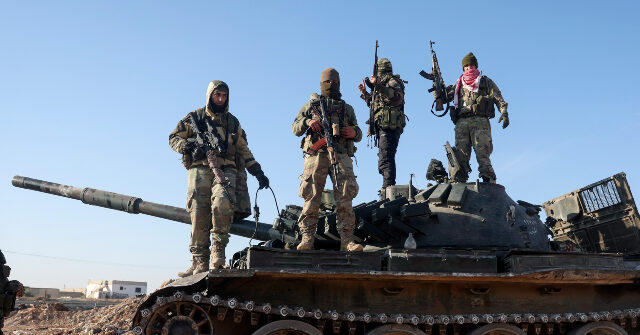On Thursday, Syrian rebel commander Hassan Abdul Ghany announced via social media that his forces had successfully entered the city of Hama, a significant strategic location situated south of Aleppo, which had previously fallen into insurgent hands. Reports indicated that by Thursday afternoon, the rebels appeared to have taken control of large portions of Hama. Following the initiation of their offensive on Tuesday, rebels engaged in intense clashes with the Syrian army and allied Iranian militias. While Syrian state media claimed that the attack had been repelled, a sense of disbelief similar to that which preceded the fall of Aleppo among state media began to emerge, as it became increasingly apparent that insurgents were establishing dominance over the city.
The capture of Hama represents a critical development for rebel forces, as the Assad regime has maintained control over the city since the onset of the Syrian Civil War in 2011. This conflict is often said to have ignited in Hama, where Assad’s government brutally quelled protests against his rule. Unlike in other areas of the country, the insurgents had not previously succeeded in overtaking Hama, making this conquest a symbolic and strategic victory. With Hama secured, the rebels would be positioned roughly a third of the way toward Damascus, the nation’s capital, with Homs being the next key target on their path.
Geographically, Hama holds additional significance due to its proximity to various minority populations, including Christians in Muhrada, Ismaili Muslims in Salamiya, and Alawites, from which the Assad regime draws substantial support. Although the insurgent coalition leading the offensive is Hayat Tahrir al-Sham (HTS), an offshoot of al-Qaeda, HTS leaders have pledged to safeguard the rights and safety of these religious minorities in territories they occupy. However, skepticism regarding their commitment remains, particularly towards the Alawites, who are perceived as a principal backing for Bashar Assad’s regime. Christian leadership within Syria has voiced growing concerns over the potential threats facing the Christian community amidst the unfolding conflict.
HTS leader Abu Mohammed al-Julani asserted on Thursday that Hama was under full control of the rebel forces, a claim supported by footage aired by Al Jazeera, which depicted insurgents moving throughout Hama and interacting with local residents. However, reports indicated that a significant number of residents were fleeing the city in the wake of the rebel incursions. The insurgents are also reported to have taken control of the Hama military airport, a base previously employed by the Syrian military for airstrikes against rebel forces. In a related warning, al-Julani cautioned Iranian-backed militias from Iraq that had been deployed to assist the Assad regime to steer clear of Hama, urging Iraqi Prime Minister Mohammad Shia al-Sundani to avoid exacerbating the conflict.
Later in the day, the Syrian army admitted to retreating from Hama to safeguard civilian lives and avert urban combat, although they indicated plans for a counteroffensive. Defense analysts opined that regaining lost territory would prove challenging for the Syrian regime and their Russian backers, with Royal United Services Institute associate fellow Samuel Ramani suggesting that the newly fortified opposition would likely launch a significant offensive toward Homs. He warned that should Homs fall, the strategic landscape around Damascus would be severely compromised, placing significant pressure on Assad’s hold on power.
The Kremlin has closely monitored the events in Syria, maintaining constant communication with the officials in Damascus about the evolving situation. Kremlin spokesman Dmitry Peskov noted that responses would be determined based on assessments of the conflict’s escalation and the extent of assistance needed by the Syrian authorities to combat the insurgents. As the fighting in Hama continues to unfold, the implications of the rebel gains bear potential consequences not only for the cities themselves but also for the overarching dynamics of power in Syria, particularly in relation to the enduring conflict and international involvement.

